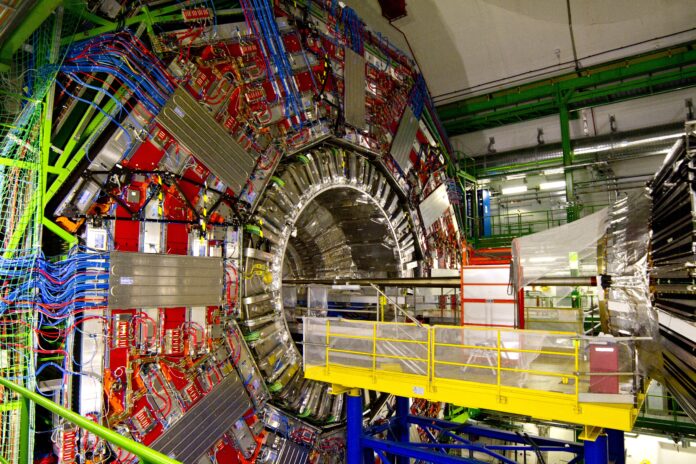Nuclear fusion is a promising energy source that holds many possibilities. Like providing a clean, safe, and nearly limitless source of energy. The process involves fusing atomic nuclei to release a large amount of energy, similar to the process that powers the sun. Recent years have seen substantial progress made in nuclear fusion research and development, despite the many challenges and limitations.
This article aims to provide an overview of the current state of nuclear fusion research and development. Including the types of nuclear fusion, current research efforts, challenges and limitations, and future potential.
Types of Nuclear Fusion
There are several types of nuclear fusion are being studied, each with its own set of advantages and disadvantages.
Hydrogen-Hydrogen Fusion: This is the most common type of nuclear fusion, which involves fusing two atoms (protons) to form a helium atom. The process releases a large amount of energy in the form of light and heat. This type of fusion is considered to be the easiest and most efficient. But it also requires the highest temperatures and densities to occur.
Deuterium-Tritium Fusion: This type of fusion involves fusing a deuterium atom and a tritium atom to form a helium atom and a neutron. Scientists consider this type of fusion more practical than hydrogen-hydrogen fusion because it releases a large amount of energy. And it is considered to be the most promising for commercial power generation. As it is easier to achieve and requires lower temperatures and densities.
Helium-3-Helium-4 Fusion: This type of fusion involves fusing two helium-3 atoms to form a helium-4 atom and two protons. This reaction is considered to be highly efficient, and it releases a large amount of energy. However, helium-3 is a rare isotope, and it is difficult to obtain in large quantities.
Alternative Fusion Reactions: Other types of nuclear fusion reactions are also being studied, such as the proton-boron fusion and the proton-proton cycle. These reactions are considerably more challenging to achieve. But they have the potential to release even more energy than the other types of fusion.
Current Research Efforts
Several research endeavors are currently underway worldwide, intending to develop practical and sustainable fusion as a power source.
International Thermonuclear Experimental Reactor (ITER): ITER is a large-scale international collaboration that aims to show the feasibility of nuclear fusion as a power source. The project, expected to be the first nuclear fusion reactor to produce more energy than it consumes, is being built in France. But NIF beat ITER to it.
Helion Energy: Helion Energy is a private company based in the USA, which is working on developing a compact fusion reactor that can produce electricity for commercial use. They are working on a new approach to fusion which is based on Helion Energy’s patented advanced plasma confinement system.
National Ignition Facility (NIF): NIF is a research facility located in California, USA. The facility is equipped with powerful laser beams. That can be used to study the conditions required for nuclear fusion to occur. The facility has been used to study hydrogen-hydrogen fusion and deuterium-tritium fusion.
Challenges and Limitations of Nuclear fusion
Researchers face several challenges and limitations in nuclear fusion research and development despite progress.
Containment of plasma: One of the major challenges in nuclear fusion research is how to contain the plasma. Scientists must confine plasma at extremely high temperatures and pressures. Achieving the state of matter required for nuclear fusion to occur, is challenging.
Temperature and pressure requirements: Nuclear fusion requires temperatures and pressures that are much higher than those found in the core of the sun. These conditions are extremely difficult to achieve and maintain. And it remains one of the main challenges in nuclear fusion research.
Fuel availability and cost: Nuclear fusion requires specific types of fuel, such as deuterium and tritium, which are not found in large quantities on Earth. Obtaining these fuels can be expensive and difficult. Additionally, the cost of building and maintaining a nuclear reactor is also a significant challenge.
In conclusion
Nuclear fusion is a promising energy source that has the potential to provide a clean, safe, and nearly limitless source of energy. Recent years have seen significant progress made in nuclear fusion research and development, despite challenges and limitations.
The International Thermonuclear Experimental Reactor (ITER), Helion Energy, and the National Ignition Facility (NIF) are some of the major research efforts that are currently underway worldwide. The new approach to Nuclear Fusion by Helion Energy is a promising one. And the company is working on making it more affordable and efficient for commercial use.
if you want to read more interesting articles visit the Global Growth Forum.
If you would like to read articles in Hindi here is the link to the Mojo patrakar.



